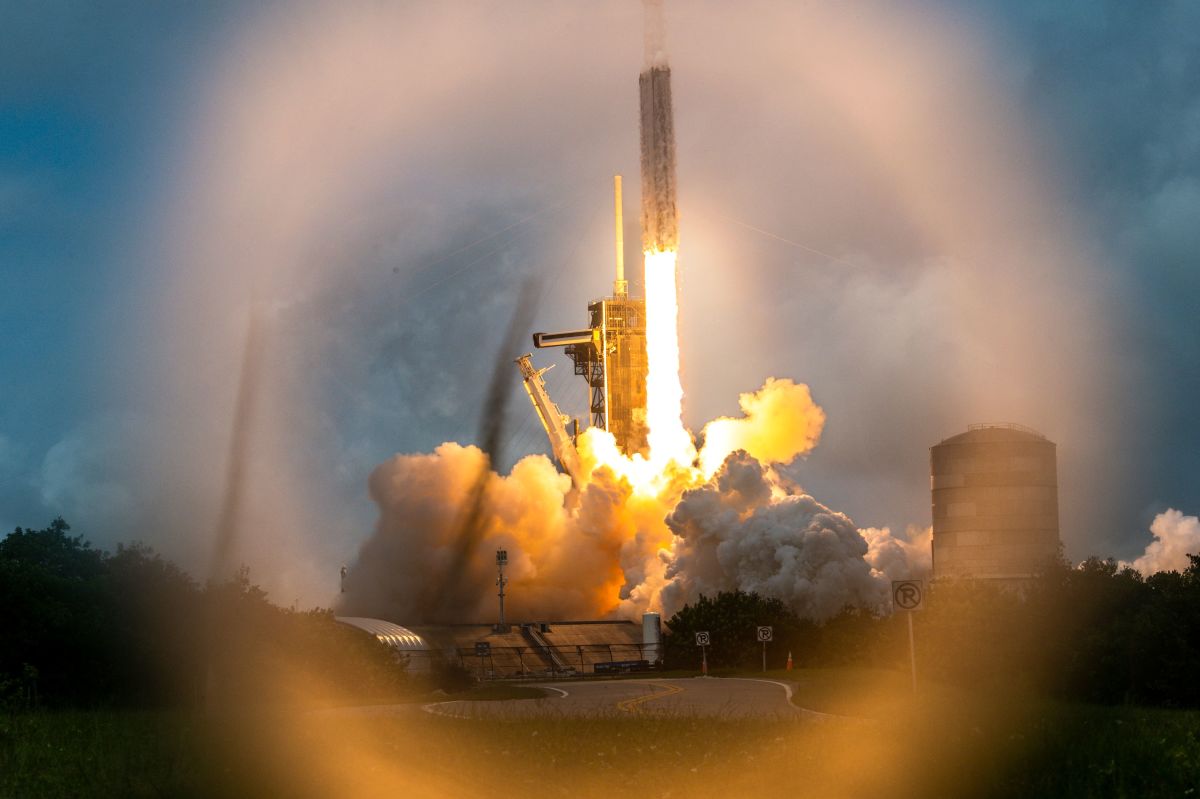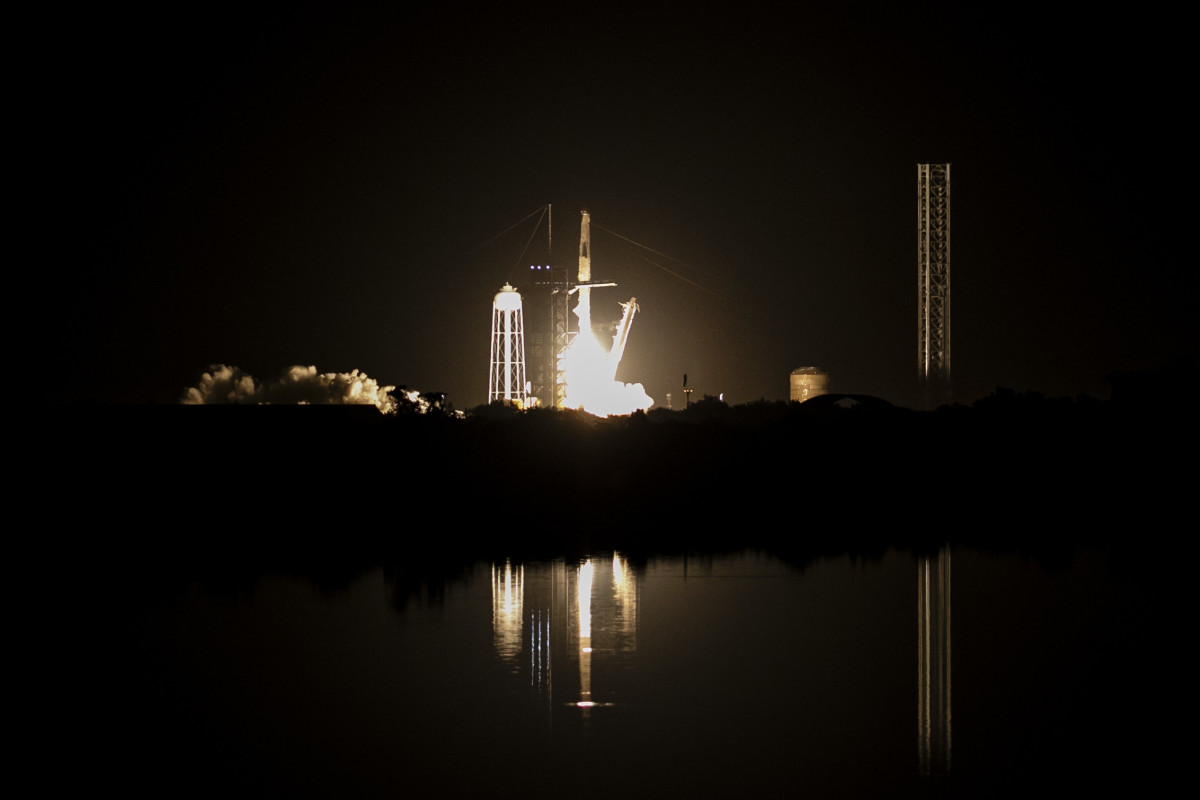
The U.S. Space Force on Tuesday assigned a total of 21 rocket launches to United Launch Alliance and SpaceX, worth roughly $2.5 billion in total. ULA received 11 launches, worth around $1.3 billion and SpaceX received 10, worth about $1.23 billion.
This latest batch of launch missions represents the fifth and last order in the agency's National Security Space Launch (NSSL) Phase 2 contract.
Related: SpaceX Chief Elon Musk explains what he needs to do to colonize Mars
The missions, the agency said, are scheduled to fly over the next two to three years. Seven of SpaceX's share of flights will use the company's Falcon 9 rocket, while three will use its Falcon Heavy rocket instead. ULA will use its coming Vulcan rocket for all 11 of its missions.
The five-year, Phase 2 contract initially called for only 34 missions, with the majority going to ULA. But Space Force said in a statement that it has significantly expanded the contract, ordering a total of 48 missions during the given time period. The mission split ended up being more even than initially expected, with SpaceX contracting for 22 missions and the ULA contracting for 26 missions.

“The increase in launch tempo is a clear reminder of how vital space-based capabilities are in providing our warfighters and our nation’s decision-makers with the information needed to stay ahead of and to deter adversarial forces," Brig. Gen. Kristin Panzenhagen, program executive officer, Assured Access to Space, said in a statement.
Two days after the Space Force announcement, SpaceX CEO Elon Musk announced that SpaceX "has achieved breakeven cash flow."
"Excellent work by a great team," he said.
Musk added that the company's Starlink constellation now represents a "majority of all active satellites," noting that SpaceX "will have launched a majority of all satellites cumulatively from Earth by next year."
Musk did not specify the time period for this milestone.
This year, SpaceX has rocketed to a $150 billion valuation, making it among the highest-valued private companies in the country. Much of the excitement around the business opportunity of the company comes from Starlink, which currently has around two million subscribers.
But Musk is looking to cast a wider net with Starlink, offering a military-focused subset of the satellite internet technology called Starshield to the government, Starlink uplinks for airplanes and soon-to-be direct-to-cell technology. SpaceX is partnered with T-Mobile TMUS US to bring satellite connectivity to its customers, once the technology is up and running.
In the midst of this, SpaceX's flagship project — Starship — is a step closer to launching on its second test flight.
And billionaire investor Ron Baron, convinced of Musk's unique talent across his many corporations, feels sure that SpaceX will be worth roughly $600 billion by 2030, a valuation that he said will continue to spike over the next 10 to 20 years.
"SpaceX has a chance to be even bigger than Tesla in the 2030s," he said.
Related: SpaceX Chief Elon Musk calls out his struggling aerospace competitors
Get investment guidance from trusted portfolio managers without the management fees. Sign up for Action Alerts PLUS now.







